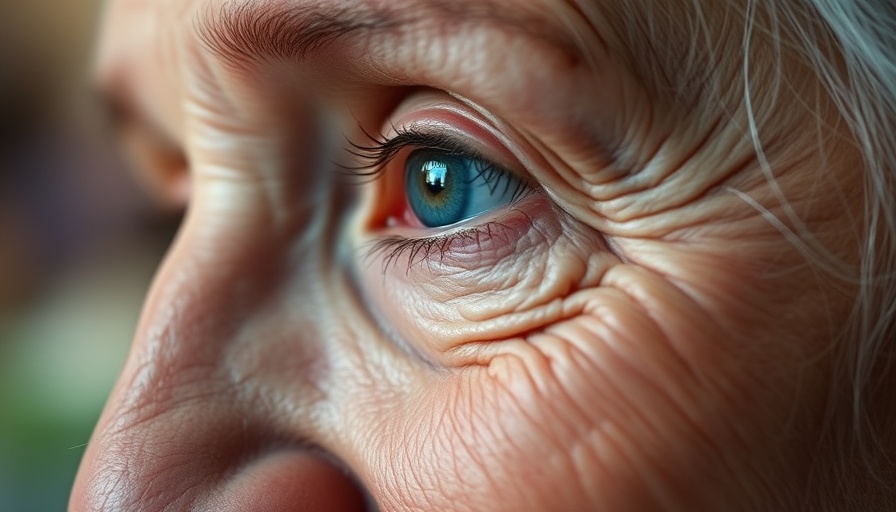
A New Era in Health Monitoring: Understanding Inflammation Detection
In today’s reactive healthcare system, we often wait for symptoms to manifest before seeking treatment. However, researchers from the McGill University Health Center have paved the way for a proactive approach, ushering in an era where acute systemic inflammation can be predicted before noticeable symptoms arise. This innovative use of artificial intelligence (AI) is a game-changer, particularly for individuals susceptible to viral respiratory tract infections (VRTIs).
How AI and Wearable Sensors Work Together
The study, published in The Lancet Digital Health, introduced an AI platform that leverages data from wearable technology, such as smart rings, watches, and shirts. By analyzing biometric data—like heart rate, body temperature, and respiratory rate—this AI technology is capable of detecting early immune responses to infections. This means that health professionals can intervene sooner, potentially preventing serious complications and reducing healthcare costs associated with late-stage treatment.
The Significance of Early Detection
Acute systemic inflammation is a critical mechanism in our immune response, but it can escalate into severe health issues such as organ failure or death if untreated. Understanding this dynamic is particularly important for vulnerable populations, such as those suffering from chronic obstructive pulmonary disease (COPD). Professor Dennis Jensen, a senior author of the study, highlights the urgency of early warning systems, emphasizing that current methods delay action until symptoms become severe. The predictive capabilities of this AI system present not only a novel approach to monitoring but could also be life-saving.
A Look at the Research Methodology
The research showcased a rigorous and innovative methodology. A group of 55 healthy adults was administered a live attenuated influenza vaccine and monitored extensively using wearable technology over a period of time surrounding vaccination. Continuous data tracking enabled researchers to observe changes in participants’ physiological and activity metrics—laying the groundwork for developing their AI algorithms and validating their effectiveness.
Potential Impacts on Healthcare
As healthcare moves towards personalized medicine, the implications of this research are profound. Being able to detect an immune response before symptoms appear not only alters the course of treatment but has the potential to fundamentally shift how diseases are approached and managed. With advanced alert systems, patients and healthcare providers alike are empowered to take preventive action, thus enhancing overall health outcomes.
Future Trends: The Role of Technology in Medicine
Looking ahead, the integration of AI with wearable health technology is set to redefine medical surveillance. Not only can it assist in early detection, but it also opens avenues for monitoring chronic diseases long-term, tailoring interventions to the individual’s health trajectory, and providing real-time feedback on health status. This trend may lead to a significant reduction in hospitalization rates, which is a significant burden on healthcare systems worldwide.
Reducing Healthcare Costs
As the technology matures and becomes more widely adopted, one of its key advantages will be cost reduction in healthcare. By preventing complications through early intervention, not only will patient outcomes improve, but the financial strain on the healthcare system can be alleviated. Investing in these systems could lead to sustainable healthcare practices that prioritize proactive care rather than reactive responses.
Your Health, Your Responsibility
As these technologies continue to evolve, it highlights a crucial aspect of patient responsibility and engagement in their health management. Individuals equipped with knowledge about their health through wearable devices can make informed decisions, enhancing their well-being while also promoting a culture of proactive health monitoring.
In sum, the convergence of AI and wearable sensors marks a transformative shift in detecting inflammation before symptoms materialize. With further developments in this area, the medical community may witness a new standard in health care that prioritizes foresight over retrospect.
 Add Row
Add Row  Add
Add 




Write A Comment